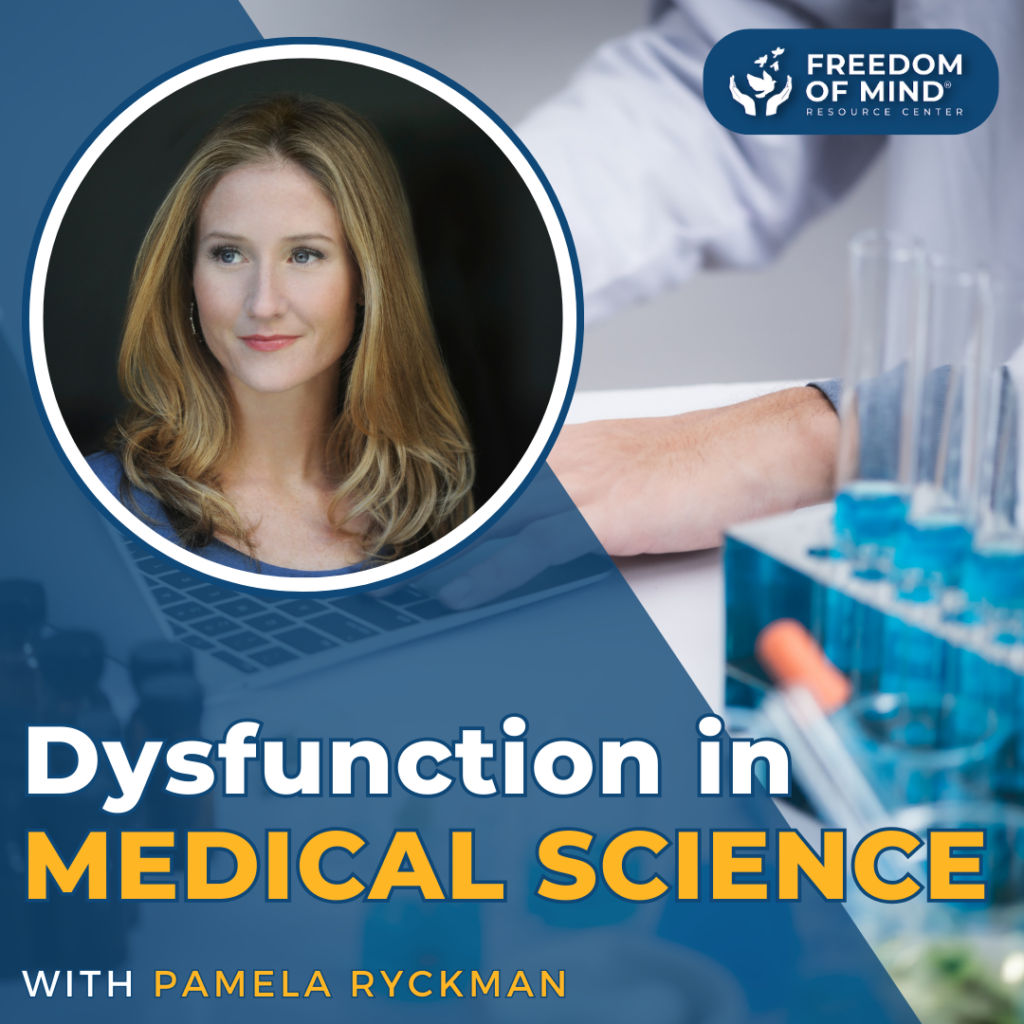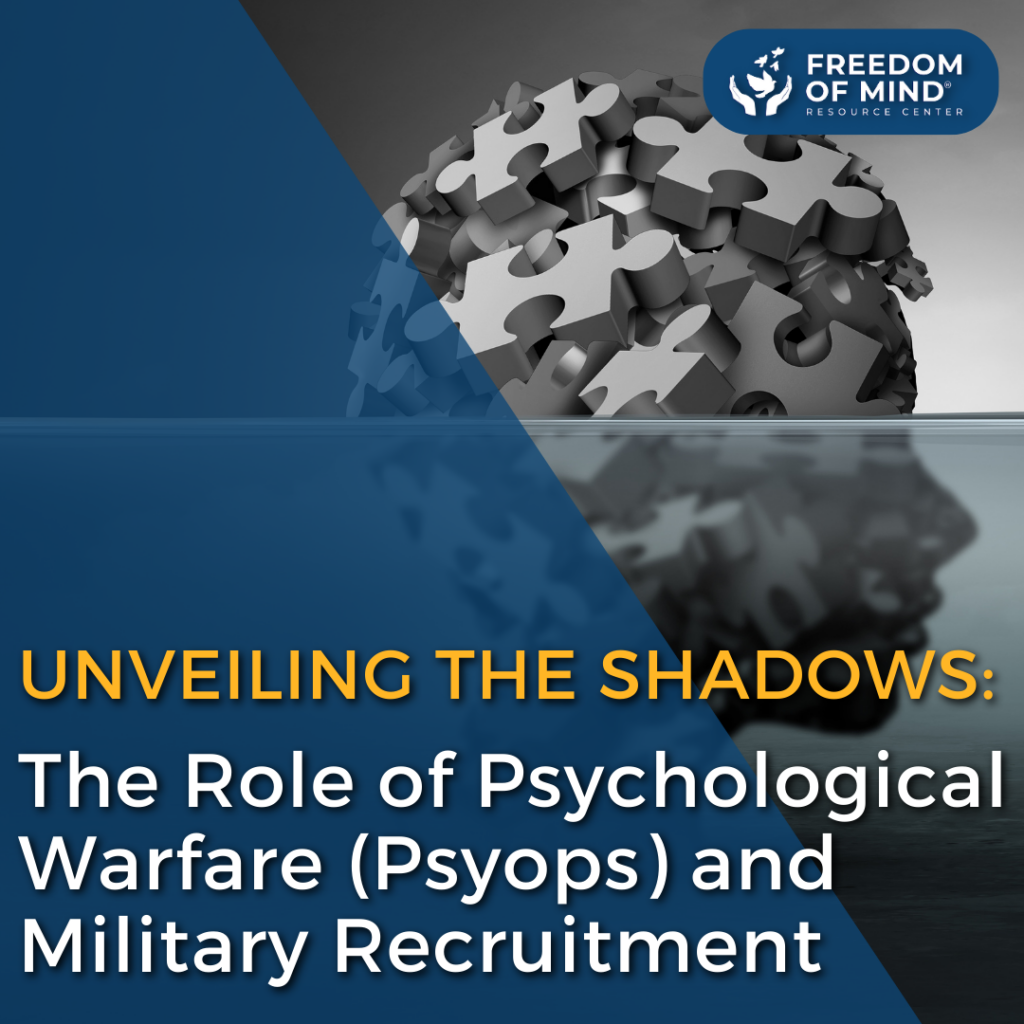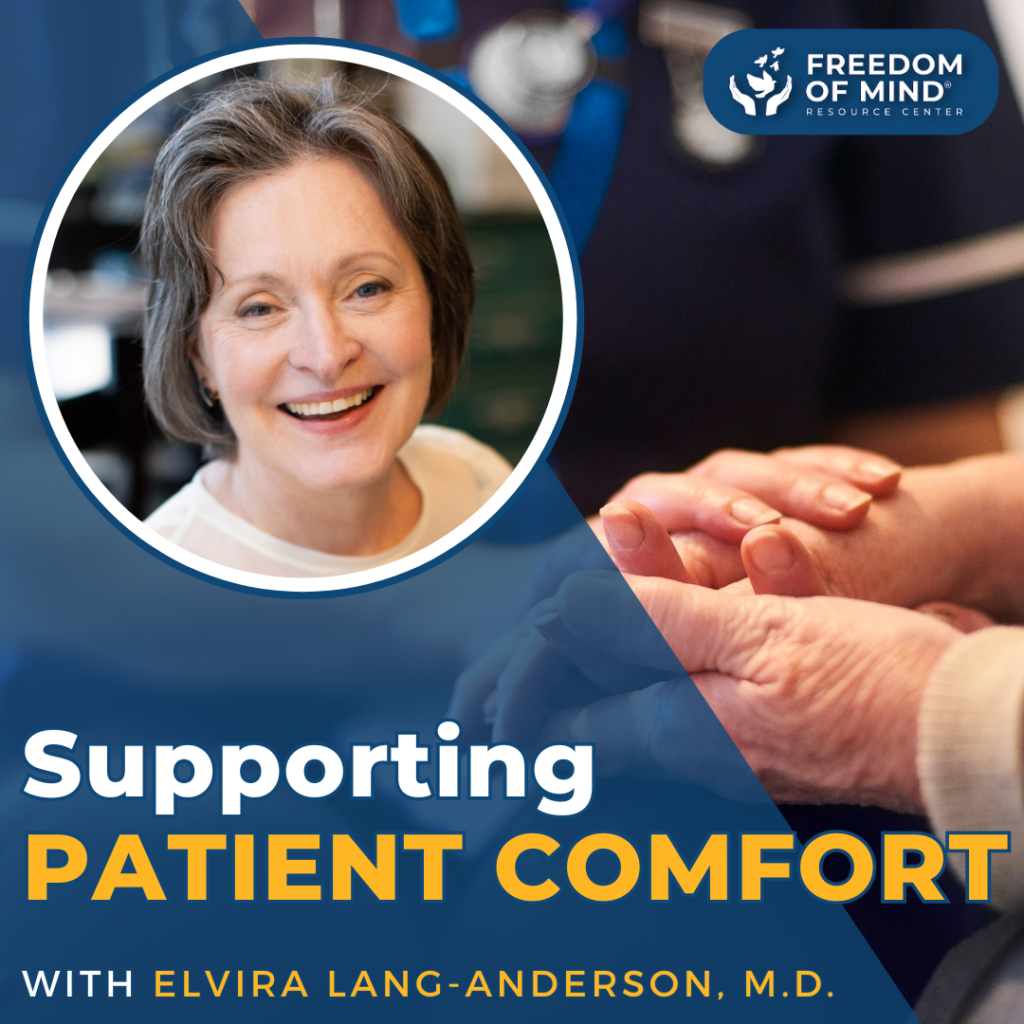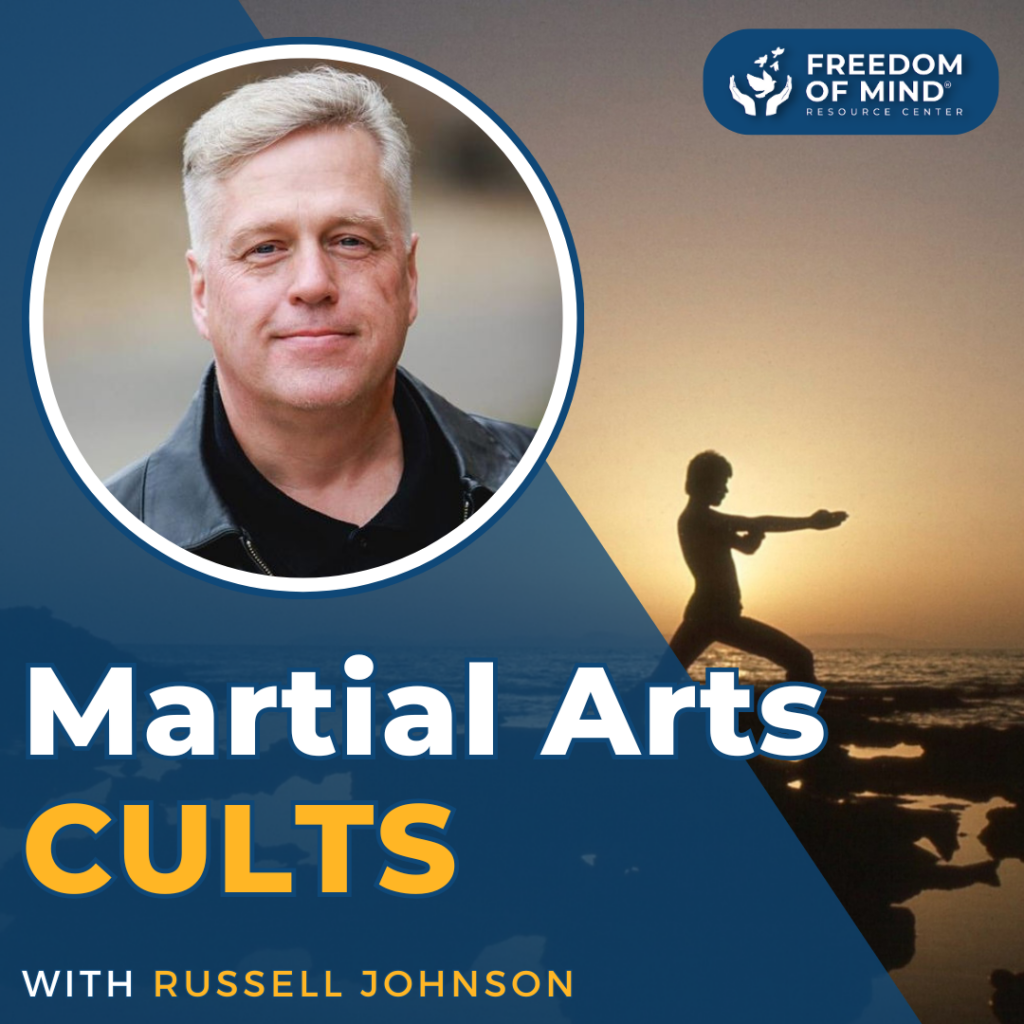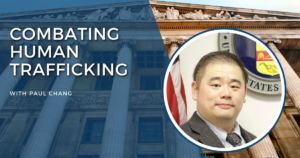
In December of 2021, the Biden Administration released an updated National Action Plan to Combat Human Trafficking. This plan supports the commitment made by the United States in 2000, with the ratification of the Palermo Protocol and enactment of the Trafficking Victims Protection Act.
Paul Chang, Western Regional Anti-Human Trafficking Coordinator at the Department of Labor, is one of the federal anti-trafficking experts who focuses on labor trafficking and forced labor. Chang has over 25 years of experience in detecting and referring cases of forced labor, ranging from small mom-and-pop stores to multinational companies.
I had the honor of interviewing Paul Chang on The Influence Continuum Podcast. I am most appreciative of him being willing to talk with me to highlight this important work further. But Chang’s vast knowledge of and experience fighting human trafficking must be shared more widely.
Combating Human Labor & Sex Trafficking
Chang has been involved in many significant forced labor cases, beginning when he was an intern working on the El Monte Slavery case in 1995. His current role at the Department of Labor is a specialized one, created in 2017. Chang explains that many of the cases they were identifying were not typical wage and hour cases but involved exploitation that crossed into the criminal realm because they involved human labor and sex trafficking activity.
Human trafficking is generally divided into two categories, sex and labor. While there are many aspects in common between the two, there is at least one major distinction. To explain, Chang quotes Luis C. DeBaca, Ambassador-at-Large responsible for monitoring human trafficking during the Obama Administration: “Sex trafficking is about making money for the traffickers. Labor trafficking is about saving money for the traffickers.”
Labor trafficking is a bigger problem, but sex trafficking usually receives more attention, particularly on social media. Most of the stories are more dramatic and compelling. They can be used to manipulate and convince people to take impulsive and foolish actions. Before the 2016 election, social media was flooded with the false information that Hillary Clinton and other Democratic elites were running a child sex ring in the basement of a pizza restaurant in Washington, DC. This information led a vigilante gunman with an assault rifle to enter the pizzeria and open fire.
Human trafficking is often thought of as a border crossing event, with emphasis on human smuggling operations. However, most trafficking occurs within national borders, including in the US. One example is Warren Jeffs of Latter-Day Saints, who is in jail for forcing marriages between 60-year-old men and underage girls.
The number of victims worldwide is difficult to pinpoint. Still, a report from the International Labour Organization released in September of 2017 estimated that in 2016, approximately 25 million people were engaged in forced labor. If forced marriage is included, the total rises to 40 million.
The BITE Model as a Tool in Combating Human Trafficking
Chang originally contacted me after seeing my BITE Model analysis applied to human trafficking. This analysis appeared in a November 9, 2015 edition of the FBI Law Enforcement Bulletin in an article titled “A Victim-Centered Approach to Sex Trafficking Cases.” Influence and control are not per se good or bad. There are numerous factors to consider in determining where on the continuum, from appropriate to destructive, the influence goals and methods of any particular individual or organization may fall. The BITE Model of Authoritarian Control: Undue Influence, Thought Reform, Brainwashing, Mind Control, Trafficking, and the Law, was the subject of my Ph.D. dissertation, developed as a tool to assess individual organizations along a continuum.
The process of grooming is a major factor in recruitment and control activities both in trafficking and in authoritarian cults. Grooming depends on the manipulation of emotions, as well as gradually increasing control over a person’s mind and physical environment.
Development of Specialized Labor Trafficking Models
Increased understanding of the role of undue influence in trafficking led Chang and his team to develop the Enterprise Model. The Enterprise Model came together from many experts in the field. Chang credits the LA Human Trafficking Task Force-Labor Subcommittee led by the LA City Attorney’s Office for some of the ideas. Also, some of the ideas came from retired law enforcement friends with whom Chang had worked for over two decades. He says these contributors were vital because much of what is in the Enterprise Model was outside his area of expertise. This model breaks down the process of victimization into 3 Stages: recruitment, grooming, and the work stage, and a financial logistical nexus that connects all three stages together. For each of them, the model details specific actions of the traffickers and the means by which they use them to achieve control over their victims.
Another important model that everyone should be aware of is the Enhanced Collaborative Model (ECM), created by Dr. Sandra Morgan from the Global Center for Women and Justice. She was also the founding member of the Orange County Human Trafficking Task Force. This model is trauma-informed, victim-centered, and culturally sensitive. It emphasizes collaborative and sustainable approaches, including survivors from the same cultural origins. All Human Trafficking Task Forces now use this model.
The Worldwide Effort to Combat Human Trafficking
Efforts to combat slavery have been ongoing for hundreds of years. However, the specific term “human trafficking” and laws that support its prosecution did not exist until just over 20 years ago. Before 2000, legal action against forced labor was taken under anti-slavery law. The Trafficking Victims Protection Act was adopted by the United Nations General Assembly in 2000 and entered into force on December 25, 2003. As of May 2020, it had been ratified by 178 countries.
The global effort to end human trafficking rests on five foundational pillars: Prevention, Protection, Prosecution, Partnership, and Policy. A partnership is critical because it enables cross-cutting approaches and institutional effectiveness. Of particular importance is the survivor-led component. Survivors are the ones who know from their own experience and have the strongest voice in creating appropriate trauma treatment interventions.
Professional expertise is important, but alone is not sufficient. That is why groups for ex-members, such as #igotout, are so critical. I have found this to be true in my work with cult survivors, and I emphasize that my clients are my teachers.
What Are the Important Next Steps?
People in general need psycho-education on how to determine when they are being unduly manipulated and how to resist. Professionals in mental health and the justice system need a more nuanced understanding of mind control.
Critical thinking is very difficult when emotions are aroused. Because of the amount of emotional disinformation presented by social media, I am working on revising the BITE Model to better address online radicalization.
Chang is currently working on his doctorate and is focusing on developing a better way to analyze data and get accurate numbers of people affected by slavery, as well as an increased understanding of the risk factors.
I got my Ph.D. in my sixties, and Chang and I agree that it is never too late to further one’s education or develop new skills. This fact gives us hope and the strength to continue our work combating those who seek to exercise destructive influence over the minds of others and helping free those who have been victimized by them.
[/vc_column_text]
[/vc_column][/vc_row]Further Information:
National Human Trafficking Hotline
National-Action-Plan-to-Combat-Human-Trafficking.pdf (whitehouse.gov)
Horror and Heartbreak in Oman | Human Rights Watch (hrw.org)
https://www.smithsonianmag.com/smithsonian-institution/20th-century-slavery-california-sweatshop-was-hiding-plain-sight-180975441/ [GU1]
The IACP also has a good toolkit explaining the Collaborative Model: https://www.theiacp.org/resources/document/enhanced-collaborative-model-ecm-anti-human-trafficking-task-force-protocol
The Urban Institute did a comprehensive study on ECM: https://www.urban.org/sites/default/files/publication/105326/findings-from-an-evaluation-of-the-enhanced-collaborative-model-task-forces-to-combat-human-trafficking.pdf
https://www.justice.gov/humantrafficking/key-legislation [GU4]
History: https://www.museumofsocialjustice.org/thai-el-monte-garment-workers.html [GU5]
Julie Su, the attorney who represented the El Monte workers: https://www.swlaw.edu/sites/default/files/2017-04/SWT115.pdf
My friends from CAST slides: http://file.lacounty.gov/SDSInter/bos/supdocs/105553.pdf
Policy is something of the 5th P. https://www.gcwj.org/work/collaboration/ [GU6]
The four Ps are listed by the National Action Plan: https://www.whitehouse.gov/wp-content/uploads/2021/12/National-Action-Plan-to-Combat-Human-Trafficking.pdf
20 Years After the Human Trafficking Case in El Monte California that Freed 72 Thai Workers by Paul Chang
https://blog.dol.gov/2021/10/18/protecting-garment-workers-from-systemic-abuse

